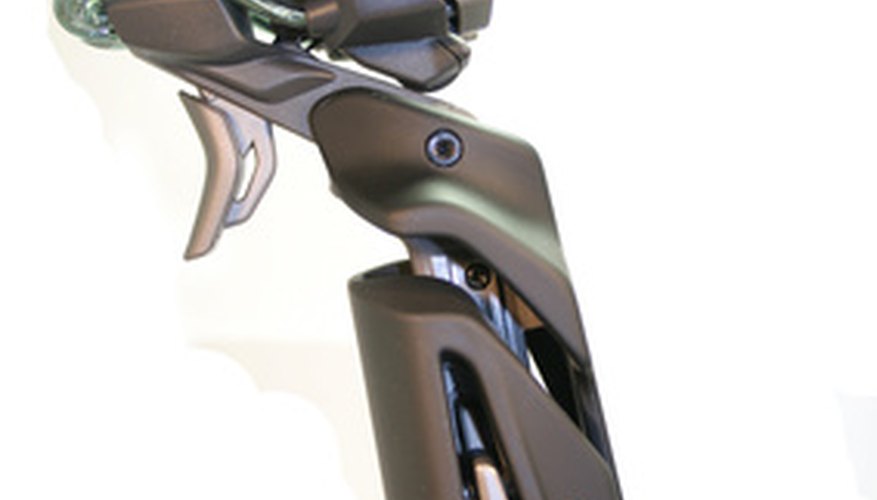"Il-2: 1946" allows for basic joystick configuration from right inside the program, but advanced hardware like the Saitek X52 Pro comes with software that allows much greater flexibility. Using the X52's Profile Editor, you can create a profile that will allow you to operate everything in "Il-2: 1946" without having to remove your hands from the joystick. It requires an initial investment of time, but a customised profile can pay dividends by putting all of the controls right at your fingertips.
- "Il-2: 1946" allows for basic joystick configuration from right inside the program, but advanced hardware like the Saitek X52 Pro comes with software that allows much greater flexibility.
- Using the X52's Profile Editor, you can create a profile that will allow you to operate everything in "Il-2: 1946" without having to remove your hands from the joystick.
Start "Il-2: 1946" and click the "Controls" button to load the hardware set-up screen. You'll see a list of all the available activities in "Il-2: 1946" as well as the key (or key combination) that is currently associated with it.
Determine your typical use for "Il-2: 1946." For instance, if you aren't interested in flying bomber aircraft, you won't need to remember the "Weapon 4" key that controls the bombs, and if you don't fly carrier aircraft you won't need to bind the keys for chocks or wing folding.
Write down in your notebook the commands you want to load into your X52 Pro. Make your job easier by recording only the commands you'll actually use.
Exit "Il-2: 1946."
Double-click the icon for your X52 Pro in the Windows task tray to load the X52 Pro's Profile Editor. If you don't see an icon there, the Profile Editor can be loaded by selecting it from the "Saitek" folder in your "Start" menu.
- Write down in your notebook the commands you want to load into your X52 Pro.
- If you don't see an icon there, the Profile Editor can be loaded by selecting it from the "Saitek" folder in your "Start" menu.
Hold the joystick and decide what buttons are most logical for a particular command --- for example, the two-stage trigger can be used to fire your aeroplane's machine gun and cannons at the same time (the "Weapons 1 + 2" command listed in the "Options" menu of "Il-2: 1946").
Click the empty white pane for a joystick button, and then enter the keys exactly as you would in "Il-2: 1946." The Profile Editor will show you the keystrokes you've entered; if they're correct, click the green check box to accept the command.
After entering each command, cross it off in your notebook so that you don't accidentally enter it twice in the Profile Editor. Work through the commands from the ones you use most often to the ones you use least often.
- After entering each command, cross it off in your notebook so that you don't accidentally enter it twice in the Profile Editor.
Click the blue disk icon in the upper left of the Profile Editor, and enter a name for the profile. This will allow you to load it immediately, without having to rebind all the commands every time you restart your computer.
Start "Il-2: 1946" again and return to the "Controls" menu. Scroll down to the bottom, where the analogue controls (for pitch, roll, yaw, and engine throttle) are listed.
Click "Ailerons" and move the stick to the right.
Click "Rudder" and twist the stick in a clockwise direction.
Click "Elevator" and pull the stick back towards you.
Click "Power" and press the X52 Pro's throttle forward.
TIP
Windows will treat any button that you leave unbound as a normal DirectX key. This way, you can use one of the hat buttons on your X52 Pro to control the views from within your aircraft. The X52 Pro can support six different commands for each button: one for each of the three modes selected, with a secondary option for when the button directly above the hand rest on the joystick is pressed. These are represented by the six "mode" options in the drop-down menu directly above the list of commands.
